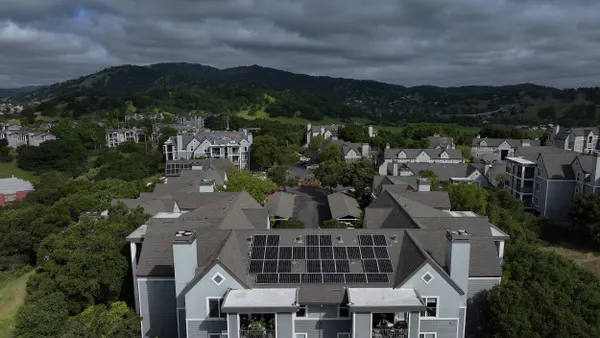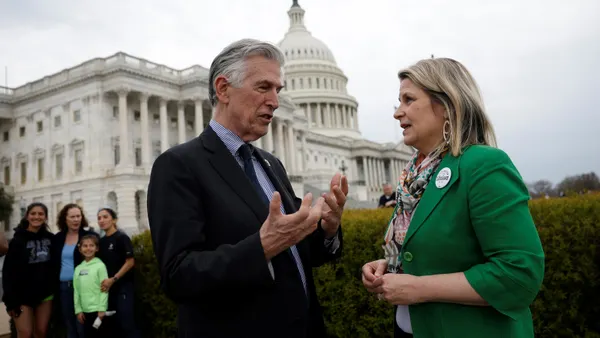Dive Brief:
- The Vermont Public Service Board has launched a proceeding to examine how the state's electric grid is evolving, in wake of changes to renewables goals, the deployment of advanced metering and "a more dynamic energy environment" that now includes third-party aggregation.
- The proceeding, begun at the direction of the Vermont Department of Public Service, will kick off Aug. 8 with an initial workshop led by PSB staff.
- The proceeding appears to mirror some parts of investigations cropping up around the country, as regulators, utilities and clean energy advocates seek more efficient ways to tie together distributed resources.
Dive Insight:
The PSB will examine trends disrupting Vermont utilities and whether it should change how they're regulated.
While a few states have undertaken top-to-bottom reviews of their utility systems—New York's REV proceeding being perhaps the most comprehensive—others have taken smaller bites. More than 30 states have launched some form of proceeding, according to the North Carolina Clean Energy Technology Center, with Vermont the most recent.
The PSB's order cited a range of changes currently occurring in Vermont, including new emissions goals, renewable policies, the emergence of electric vehicles, battery storage, expansion of the state's only gas utility, and the emergence of third-party aggregation.
"Vermont's current regulatory structure was developed prior to the advent of these changes," the board noted.
Also, for the past decade, Vermont's largest utilities have been operating under alternative regulation plans, said regulators, which help provide the companies more certainty by allowing them to flow power costs through to customers in a timely manner. "The Board has not, however, comprehensively examined the effectiveness of these alternative regulation mechanisms," they said.
With the expiration of alternative plans for Green Mountain Power and Vermont Gas Systems, along with changes in the industry, regulators concluded "this is an appropriate time for the Board to take a broader look at the regulatory structure in Vermont."














